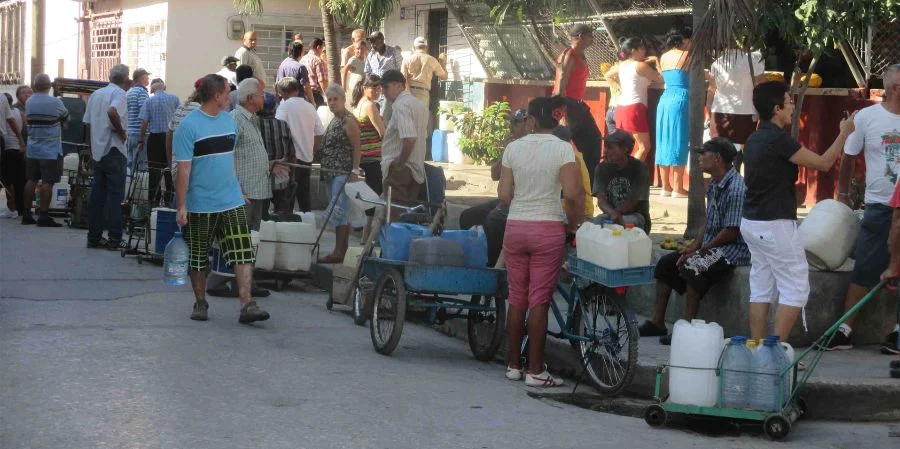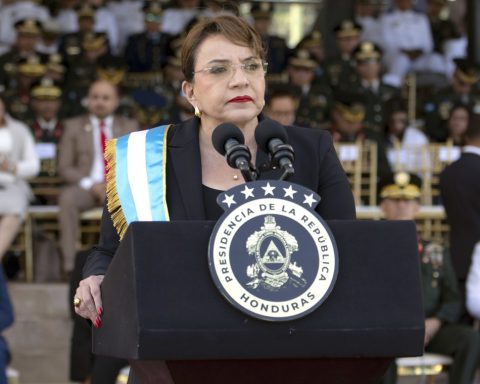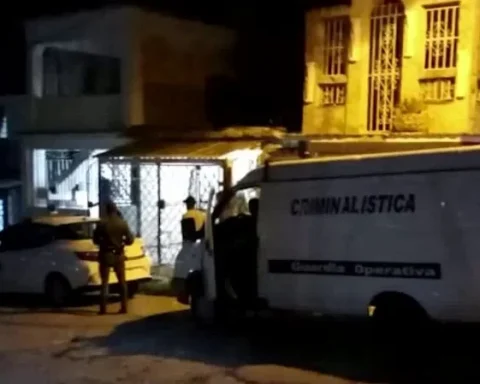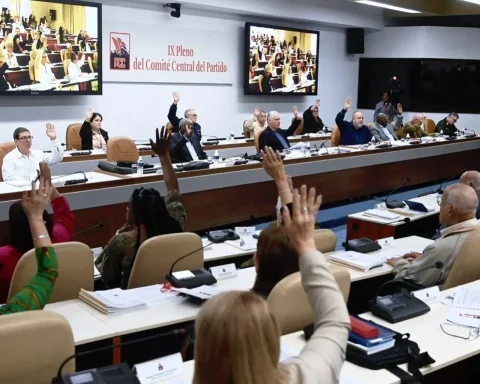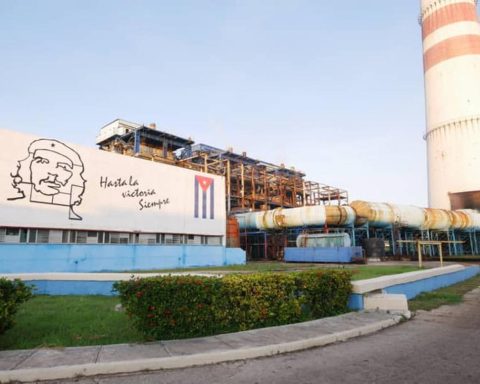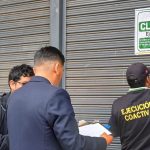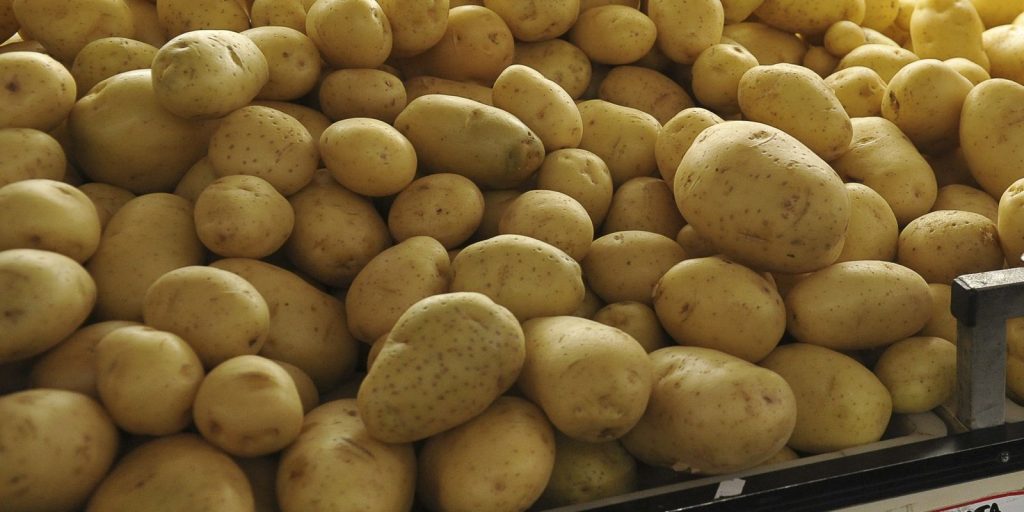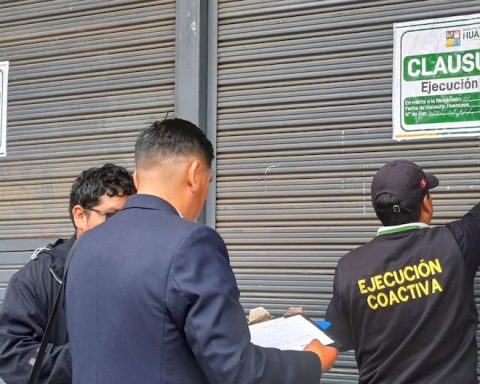HOLGUÍN, Cuba. – In the Alex Urquiola neighborhood of the city of HolguinLilian Eloísa Pedraza expresses her regret: “They turn on the water for a little while in the early morning and at that time the majority of the population is sleeping and cannot get anything.”
Lack of maintenance of pumping equipment, coupled with chronic shortages of spare parts and oil and recurrent power outages, has further aggravated the water crisis.
Caught between a lack of resources and an ineffective system, citizens are forced to seek desperate solutions, such as extracting water from potentially contaminated wells, exacerbating the gap between those who can afford private solutions and those condemned to endure endless shortages.
The water crisis affects an alarming number of more than 600,000 people, according to a report from the official newspaper GranmaThis figure, although shocking, only shows the surface of a much deeper crisis.
The most affected provinces are Pinar del Rio, Artemisa, Santiago de Cuba, Granma, Villa Clara, Cienfuegos and Holguin.
José Antonio Hernández Álvarez, president of the Water and Sanitation Business Group, said that the lack of maintenance and insufficient supply are the roots of this expanding problem.
Holguin resident Beatriz Lorenzo, from the Ramón Quintana district, questions the management of the Water and Sewer Company. “I don’t know where the water is leaking, because it has rained a lot,” she says.

Desperation has sparked protests in several localities, such as those of the Havana municipality of San Miguel del Padrón.
In Holguín, Miguel Antonio Diéguez, from the Luz district, has decided to find his own solution: “I had been without water for eight days, neither through the aqueduct nor at the drinking water points; so I solved the problem with a well, with the risk of the water being contaminated.”
For his part, Frank Aguilar, a resident of the San Andrés exit, describes how the water shortage amplifies other deficiencies. “The hunger that exists… and no water. Go anywhere and you will see that there is no water,” he says.
Pedro Luis Acevedo, another resident of the city centre, says: “The water situation here in Holguín is terrible.” He also says that some residents of the city have been “up to 70 days without water, more than two months.”

In the Los Guillenes district, César Vázquez, concerned about the crisis, attributes the lack of water to systematic negligence on the part of the Government. “The pumping equipment is old, there is no water and they don’t maintain it,” he explains. “We depend on the Government.” [para el agua] and we have to wait,” he adds.
Vázquez also compares state management with that of the private sector: “Self-employed drivers always have their taxis ready, because they have spare parts available.”
The minimum price of an artesian well, the only definitive solution to the problem, is 24,000 pesos, a cost that is out of reach for most Cubans, who depend on an average monthly salary of just over 4,000 pesos.
“People, those who can, dig wells, but it is very expensive,” Vázquez says. “We have already had more than 60 years of communism in Cuba, we will reach 80 and even 100; a million years go by and we do not see progress or advancement,” he concludes.
